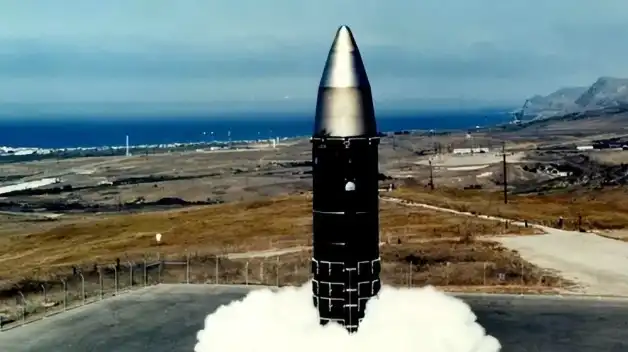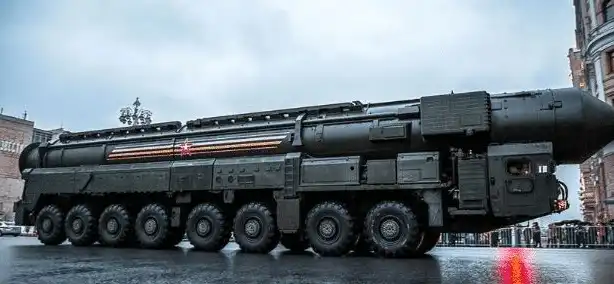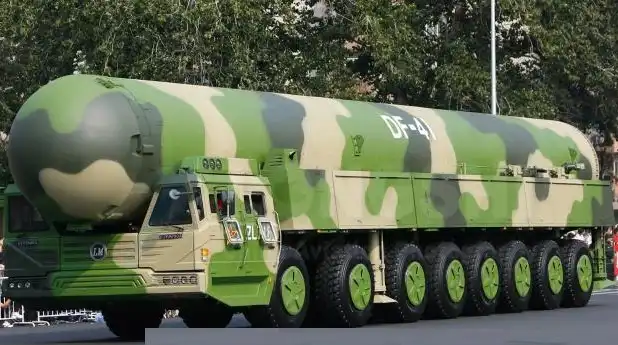China-US-Russia intercontinental missile contest:Range, power and national strength
As the three leaders in the world's current military strength, China, the United States, and Russia, the sophisticated level of their weaponry has been the focus of international attention.
Intercontinental ballistic missiles, in particular, as an important part of the nuclear deterrence forces of the three countries, their range and power are even more important indicators of a country's military strength.

As the world's first country to possess nuclear weapons, the US has made its Minuteman-3 ICBMs the mainstay of its nuclear arsenal.
The Minuteman III missile, with its 13,000-kilometer range and powerful penetration capability, has become an important cornerstone for the United States to maintain its global hegemony. However, with the continuous advancement of technology and changes in the international security situation, the Minuteman III missile is also facing many challenges.
The US must consider development of a next-generation missile before the Minuteman III is retired in order to maintain its position of strength in a competitive global military landscape.
Russia, which inherited a powerful military industrial legacy from the Soviet era, also has remarkable intercontinental ballistic missile technology. The RS-24 Yars intercontinental ballistic missile, as an upgraded version of the Topol-M, has not only increased its range to 12,000 kilometers, but also made qualitative leaps in accuracy and destructive power.
The deployment of the RS-24 Yars missile has further solidified Russia's position as a major global military power and alarmed its rival, the United States.

China, as a rising power, has also made remarkable progress in missile technology. The service of the Dongfeng-41 intercontinental ballistic missile marks an important step forward for China in its nuclear deterrence capability.
With a range of 14,000 kilometers and precise strike capability, the Dongfeng-41 missile has become a significant weapon for China to safeguard national security.
More importantly, the service of Dongfeng-41 missile has made China take a place in the global military competition, and has made the world see the rise of China's military strength.

As the ancients said:If you want to be good at something, you must first sharpen your tools. The intercontinental missile, as a "sharp tool" in modern warfare, its range and power are directly related to the country's security and status.
The competition between the US, China, and Russia on intercontinental ballistic missile technology is merely a microcosm of their military strength rivalry.
We must also see that the development of missile technology is not without limits. With the advancement of science and technology and the changes in the international security situation, new challenges and opportunities will continue to emerge.
Against this backdrop, China should continue to increase its R&D efforts in missile technology and constantly enhance its military strength.
We should also adhere to the path of peaceful development and resolve international disputes and conflicts through dialogue and cooperation. After all, "a long period of division will inevitably lead to reunification, and a long period of reunification will inevitably lead to division." In this multipolar world, no country can stand alone, and common development and prosperity can only be achieved through cooperation.
